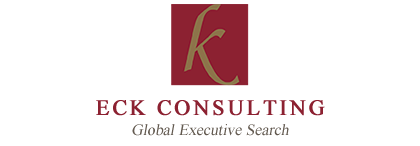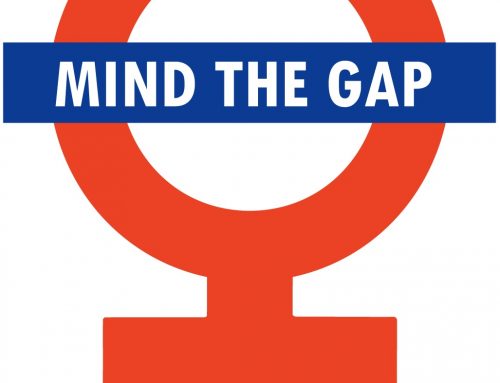 One of the key obstacles in workplace equality is inherent bias. Moreover, it is the most difficult type of bias to overcome. Leanin.org and McKinsey & Company co-authored a “Women in the Workplace 2015” study. One of the most interesting portions of it dealt with the different types of bias present at work.
One of the key obstacles in workplace equality is inherent bias. Moreover, it is the most difficult type of bias to overcome. Leanin.org and McKinsey & Company co-authored a “Women in the Workplace 2015” study. One of the most interesting portions of it dealt with the different types of bias present at work.
- Likeability Bias: if a woman is likeable, she is seen as less competent. If she is seen as competent, she is less likeable. The opposite is true for men, making the traditional definition of success less likely to attract support from a woman’s peers.
- Performance evaluation bias: Men are often rated higher in performance evaluations than women. In addition, men tend to be hired for jobs based on their potential. Women are hired for their accomplishments and performance.
- Performance attribution bias: Women are given less credit for successful outcomes and blamed more often for failure.
- Maternal bias: women who are mothers are seen as less committed and competent.
Since bias is psychological, it is much more difficult to root it out with policy change or quotas. The human mind is capable of overcoming those when entrenched beliefs – sometimes so entrenched we don’t even notice them – are present. Lean In offers suggestions for addressing these issues in practical terms, but what it’s really going to take is education. People need to be aware of unconscious bias, how it manifests itself, and the steps to take to overcome it.
Some ideas:
- Firm guidelines around hiring. It’s well known that when a woman’s name is replaced with a man’s on a resume, she’s more likely to get called for an interview. However, if a job has stated requirements, years of experience, etc., then adhering to those standards first and removing gender from the equation can help fight bias in the hiring process.
- It’s good for a man to be seen as assertive; not so for a woman. Why not? We need to challenge these beliefs, even if people do not realize they are there. Education campaigns and workshops on an ongoing basis can begin the re-education process surrounding women in the workplace.
- Women are less visible as representatives or public faces of their companies. On a smaller scale, they are less likely to participate in meetings. This is where a mentoring relationship can help the female professional herself who has her own unconscious bias.
Overcoming gender bias will not be accomplished in one lunch seminar that employees will grudgingly attend. Eliminating bias will take consistent and repeated education to assure professionals that not only does inherent bias exist, but that they (not Washington policy makers, not HR) are the only ones who can change it at the grassroots level.





